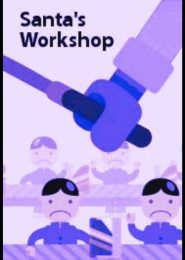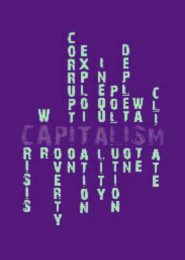Life and Debt (2001)
In this thought-provoking documentary, director Stephanie Black delves into the economic and social realities faced by Jamaica. The film specifically examines the impact of the International Monetary Fund (IMF) and the World Bank’s structural adjustment policies on the island nation.
Jamaica, once a vibrant and self-sufficient economic entity, has undergone significant transformation due to the influence of these global financial institutions. Here are the key points highlighted in the film:
- Destruction of Jamaican Industry and Agriculture:
- The IMF’s policies have led to the decline of Jamaican industry and agriculture. Local businesses and farmers have struggled to survive amidst the influx of foreign goods.
- Powdered milk from America, purchased from subsidized American dairy farmers and dumped at a loss, devastated the Jamaican fresh milk industry.
- Even the remaining market for Jamaican bananas (primarily in England) faces threats from powerful corporations like Chiquita, Dole, and Del Monte.
- Exploitation of Labor:
- Latin American banana workers earn a mere $1 a day, while Jamaicans cannot sustain themselves on such low wages.
- The establishment of “free zones” in Jamaica, where workers assemble goods for export without legal presence on Jamaican soil, exemplifies exploitative labor practices.
- Labor unions are banned, working conditions are subhuman, and strikers are forced back to work at gunpoint.
- IMF Policies and Their Impact:
- The IMF lends money to developing economies, but its interest rates are exorbitant.
- Former Jamaican Prime Minister Michael Manley questions whose interests the IMF truly serves. The organization’s policies disproportionately favor wealthy nations.
- The United States, Japan, Germany, England, Canada, and Italy control more than 80% of the IMF’s votes, perpetuating a system that benefits the rich at the expense of the poor.
- Captive Markets and Cheap Labor:
- Developing economies are deliberately dismantled, turning them into captive markets for wealthy nations.
- Once self-sufficient inhabitants become cheap labor, while local competition is stifled.
In summary, Life and Debt paints a stark picture of the consequences of globalization, revealing how economic policies can perpetuate inequality and exploitation. The film challenges viewers to question the true motivations behind international financial institutions and consider the human cost of their decisions.




